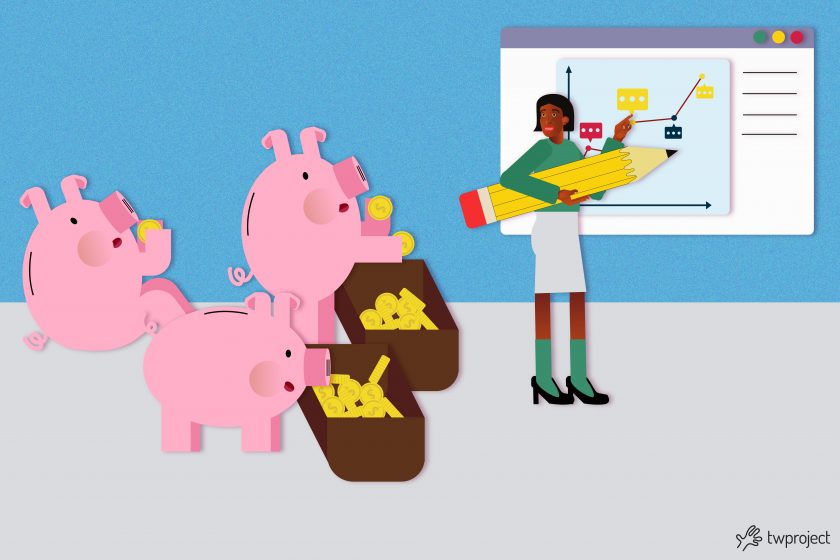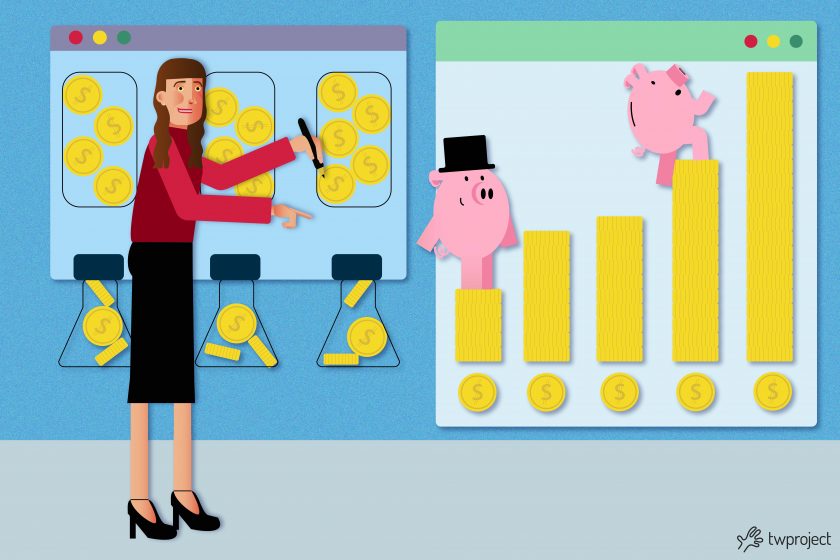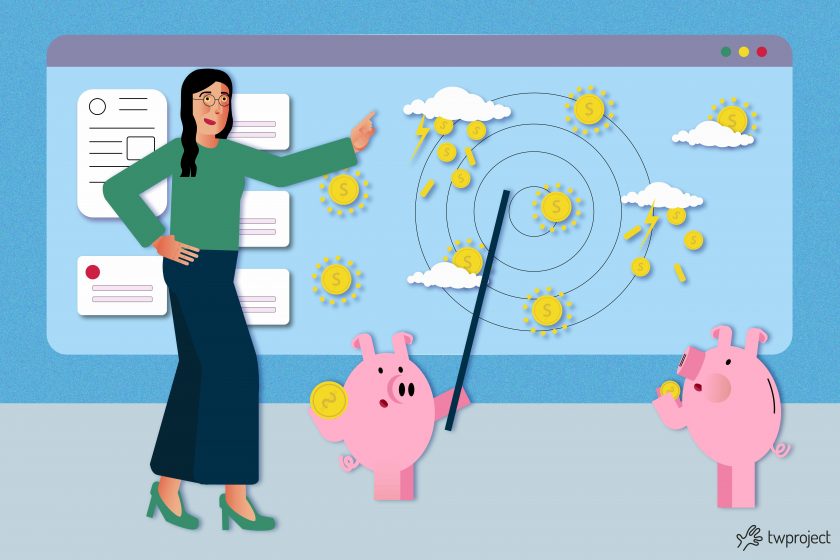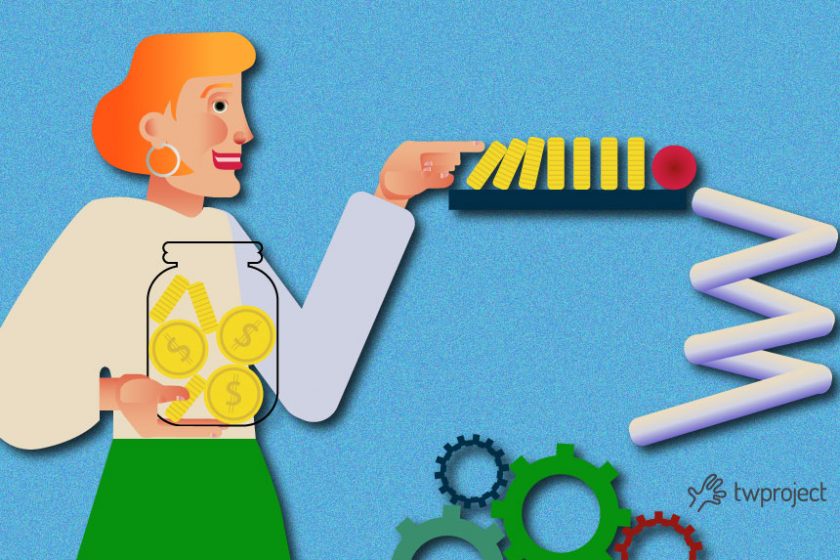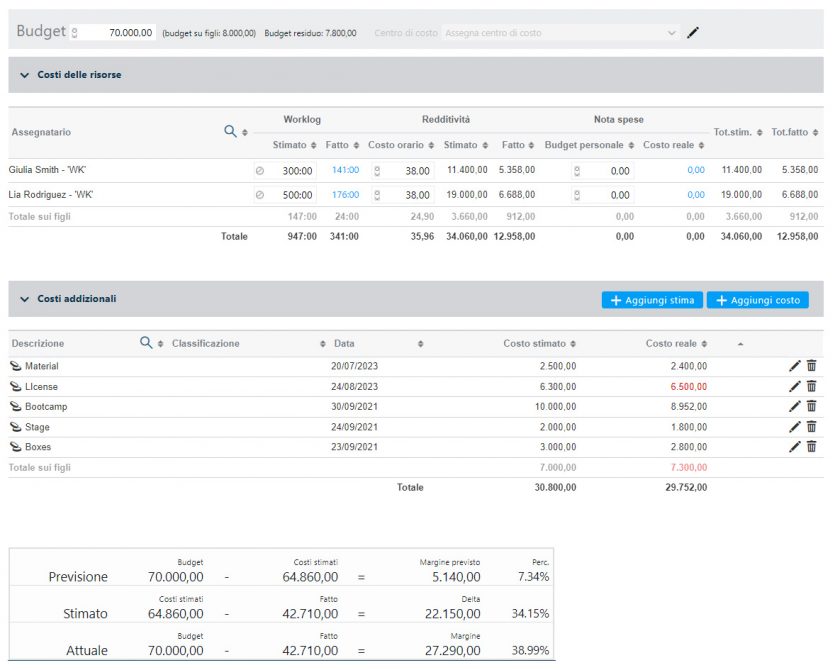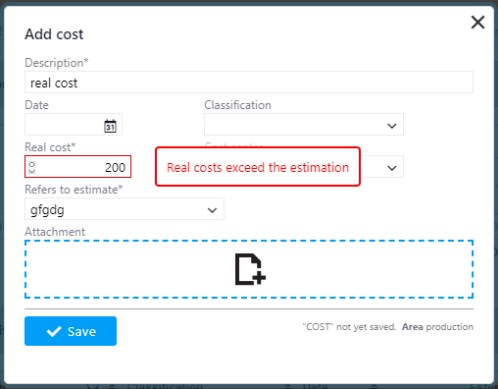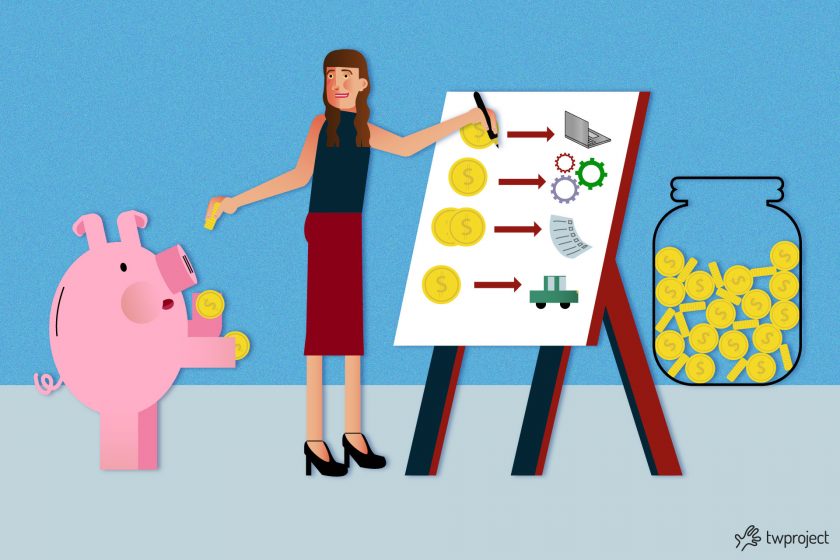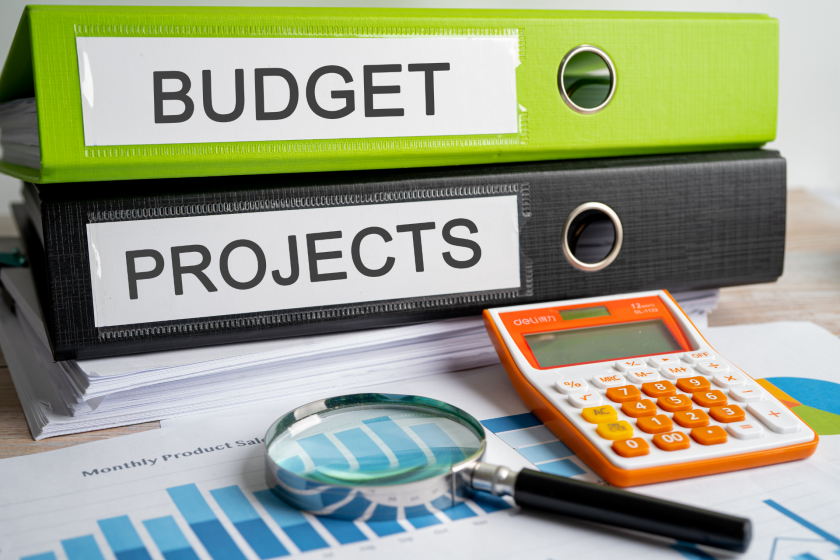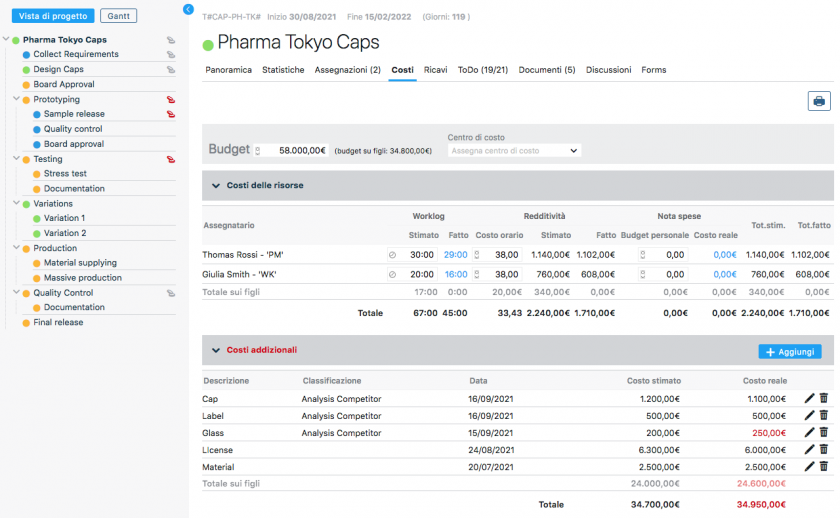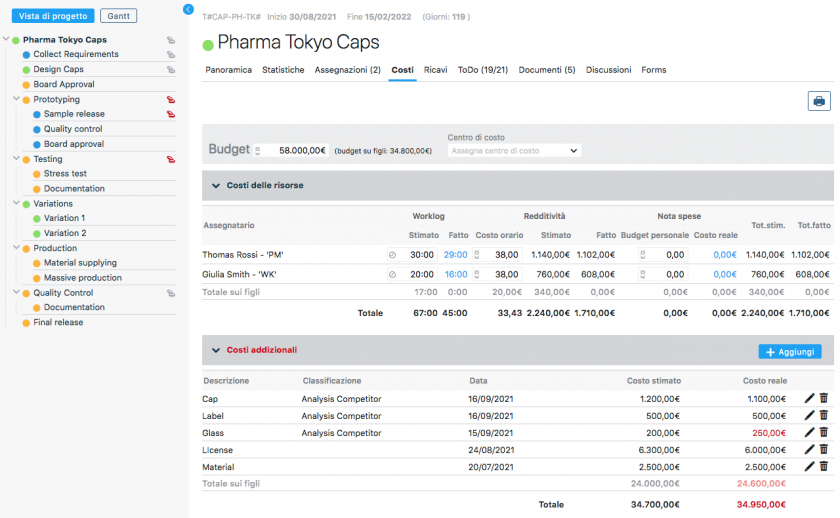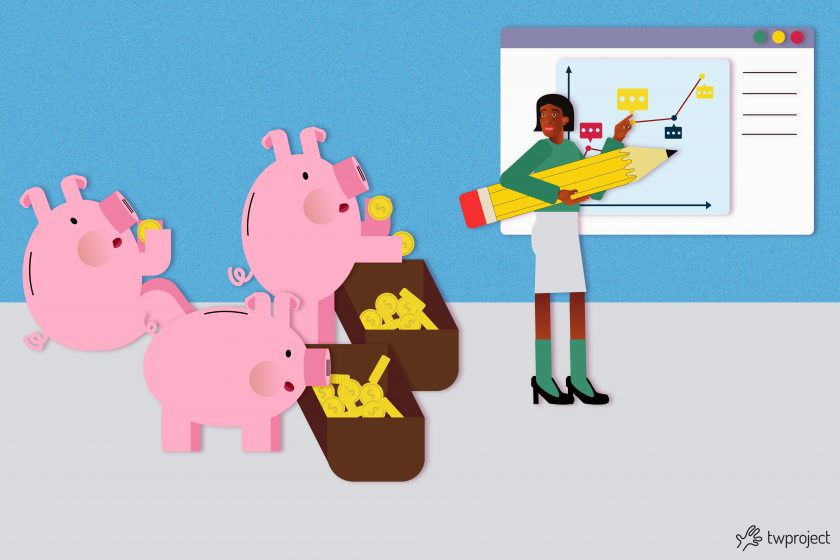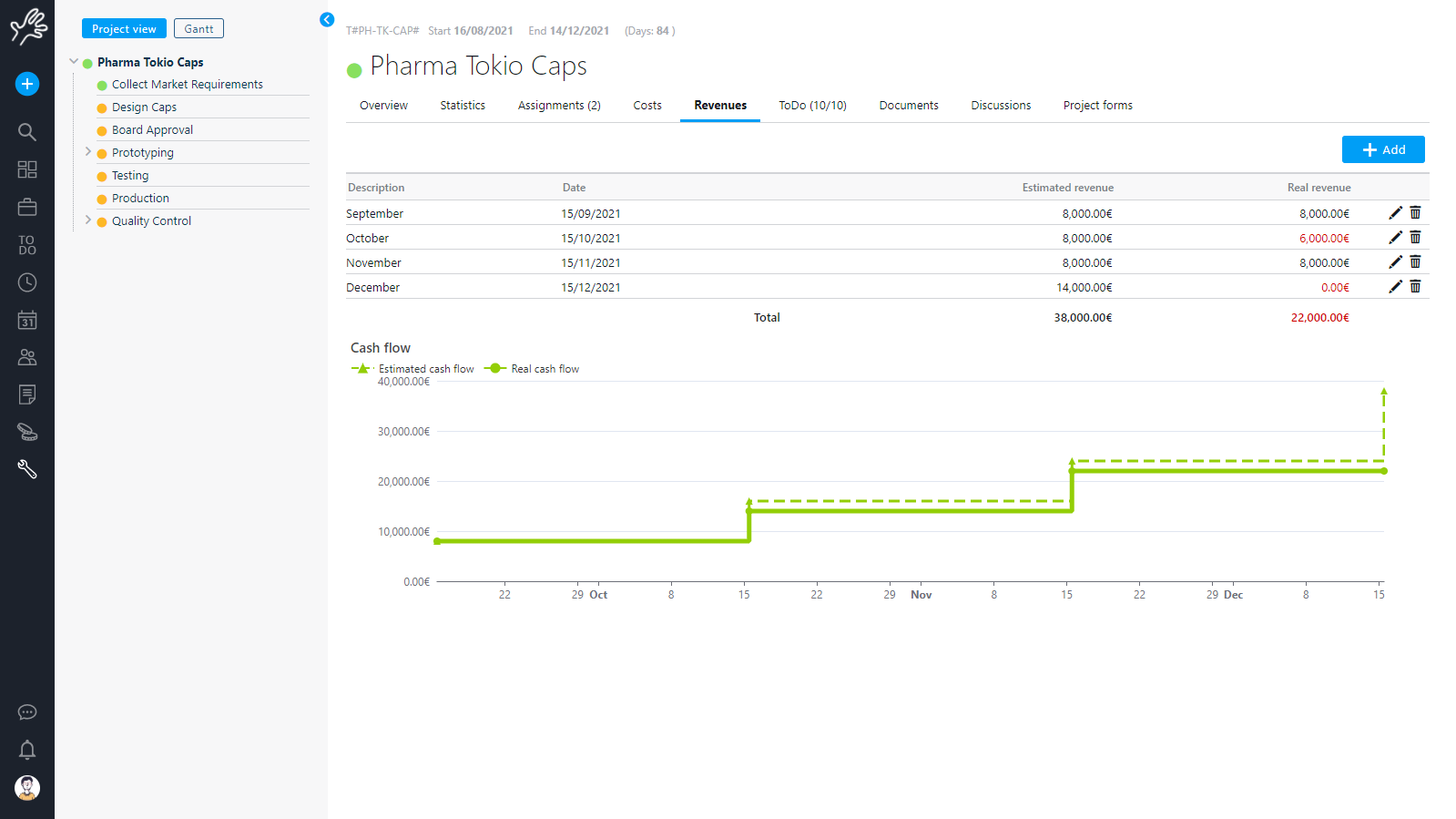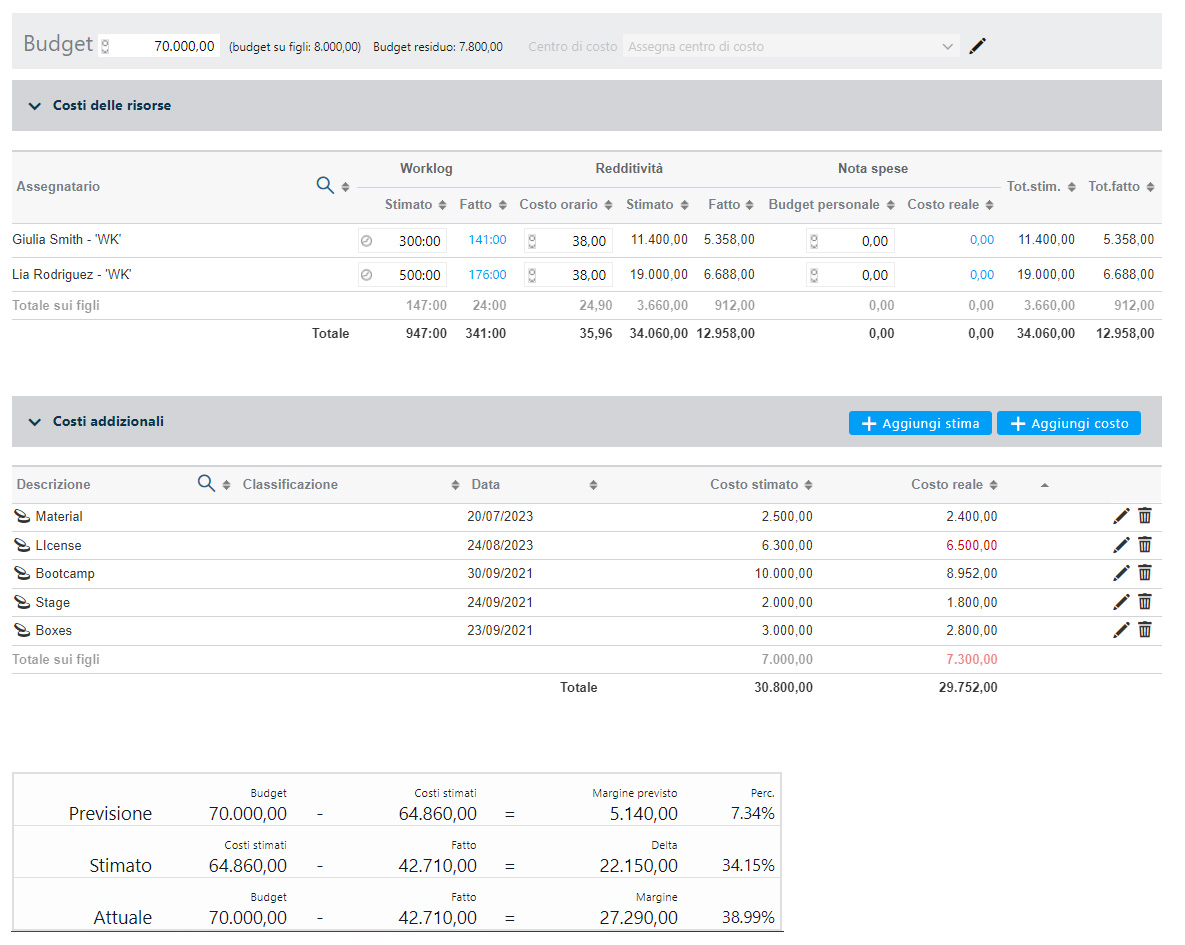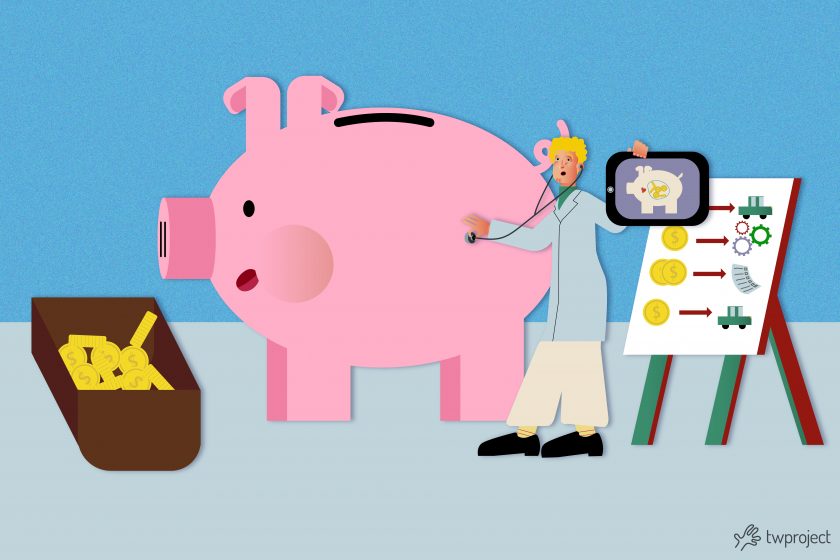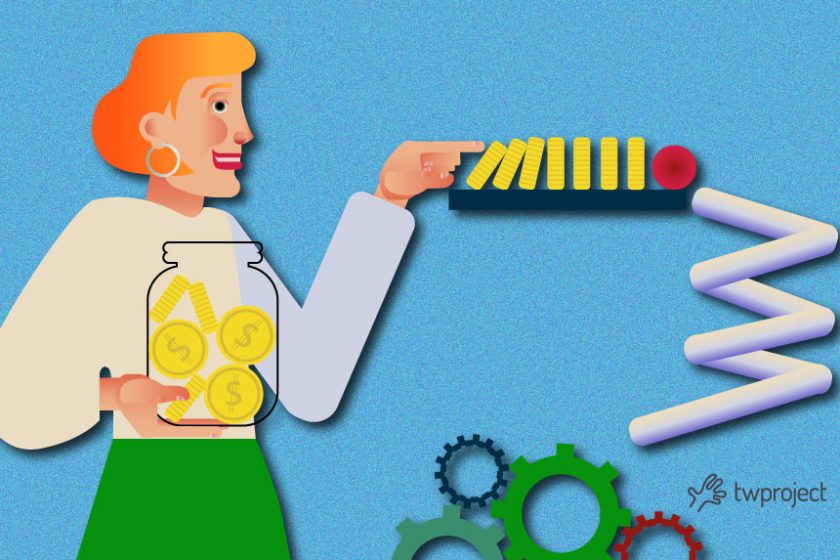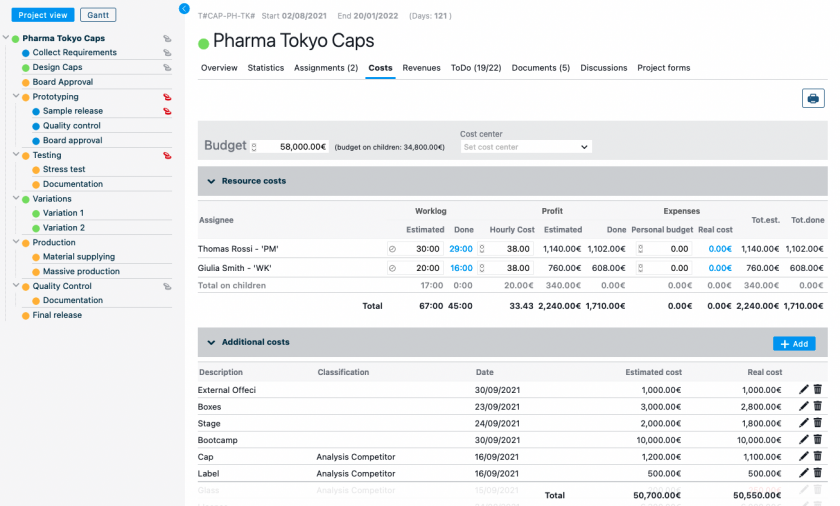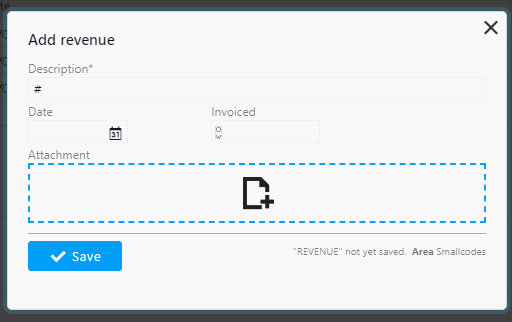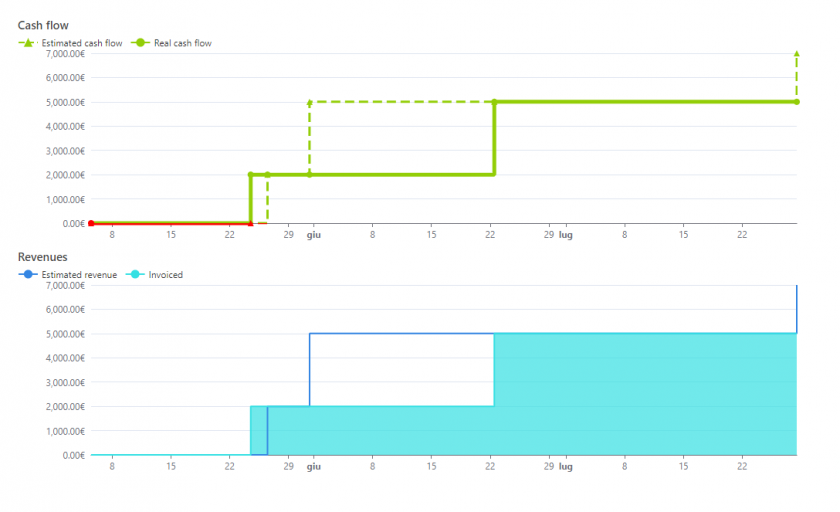Obtaining project budget approval is not an easy task. Every project comes with costs, and generally, the larger and more complex the project, the more difficult it will be to get approval.
CONTENT
- Obtaining budget approval: What to consider when making a project budget
- 1. Cost estimates
- 2. Budget contingency
- 3. The bottom-up approach
- 4. Budget monitoring
- Tips for obtaining project budget approval
- 1. Knowing what you need as opposed to what you want
- 2. Define the why before the what
- 3. Seek out and propose concrete options
- 4. Emphasize how your proposal will bring value to the organization
- 5. Anticipate the questions that will be asked
Because no company possesses unlimited resources, every project involves a set budget that, ideally, will need to be observed. You might be interested in this article on how to make a project budget.
However, here’s the challenge: It’s not always easy to establish how big a budget a project will need. There is always the risk, in fact, of underestimating some factors and not being able to complete the project on time. On the other hand, if the estimates are too high, there is a risk that the whole project will be scrapped because it is not cost-effective.
So, how can you determine the right budget for a project and get it approved? Let’s find out in this article.
Obtaining budget approval: What to consider when making a project budget
Here are the most notable factors:
1. Cost estimates
A project budget comprises many types of expenses, including:
- direct and indirect costs,
- capital expenditure
- operational expenses,
- costs related to project results
- and much more.
Trying to determine exact figures can be tricky, especially for brand-new projects.
In this case, you need to remain cool and keep in mind that budget numbers rarely match up totally with actual costs and are very likely to change as a project progresses.
Therefore, it is important to focus on estimating resources accurately at the time and providing cost estimates that are as realistic as possible.
2. Budget contingency
The greatest challenge in project management budget planning is the unexpected.
Even with a thorough estimate of costs and resources, unexpected contingencies or changes to the project may require budget revisions.
As a result, just as a project plan will incorporate a buffer with regard to timelines, so the same should be done in the case of the budget. A kind of contingency fund for the unexpected – a contingency in fact – should be prepared.
Since this is an amount for the unknown, its estimation is very difficult to pin down.
An amount that is too large will make those who have to approve the budget think that it has been inflated without logic.
A good rule of thumb is to set aside 10% of the total budget for contingencies.
3. The bottom-up approach
One of the most effective methods for ensuring an accurate budget is the bottom-up approach, which involves the active participation of human resources from the earliest stages of planning. Unlike a budget imposed from above, this strategy allows costs to be estimated more realistically, based on the direct experience of those who will be working on the project.
Why does it work?
- Greater accuracy: Those who carry out daily activities are more familiar with the resources required and can identify potential unforeseen costs.
- Team empowerment: Involving employees increases their sense of ownership and reduces the risk of underestimating expenditure items.
- Flexibility: A bottom-up budget is more adaptable to changes because it is already aligned with operational needs.
How to apply it?
- Planning workshop: Bring together area managers to gather detailed estimates.
- Historical analysis: Use data from similar projects to validate requests.
- Level review: Consolidate individual estimates and compare them with the overall budget.
Warning: If the budget is approved without this approach, the risk of financial surprises increases. Integrating the bottom-up method with a 10% contingency (as suggested above) is the winning combination for a budget that must be solid and convincing to stakeholders.
4. Budget monitoring
Just as you track project activities, likewise you want to track and monitor expenses throughout the project lifecycle.
By regularly monitoring your budget, you can quickly find when costs begin to exceed estimates and make changes before the budget is exceeded.
This monitoring also identifies additional budget needs with enough time to get funding in place before work is forced to stop.
Tips for obtaining project budget approval

In project management, few things are as critical as a well-managed budget. Yet, according to the PMI, 28% of projects fail due to inaccurate financial estimates. What if there was a way to turn this challenge into your strength?
Here’s how to get your budget approved (and keep it under control) in 5 proven steps.
1. Knowing what you need as opposed to what you want
The key is including in your budget at least some of what you would like to have but don’t think is necessary.
It is unlikely that you will get everything you ask for, so it is important to draw a definite line between what you think is absolutely necessary and what you think might be useful.
To be more convincing, you can list the risks and negative consequences of not getting what you need to get the job done.
2. Define the why before the what
Before introducing a budget piece, it is important to define concretely why it is important to the project.
Getting support and evidence can make the argument even more compelling.
A structured approach helps build a solid business case and gain stakeholder support.
- Alignment with strategic objectives: Link each expenditure request to business objectives (e.g., reduction in delivery times, improvement in quality, increase in turnover). Explain how the investment will contribute to the most relevant KPIs.
- Cost-benefit analysis: Present quantitative and qualitative data to demonstrate the return on investment (ROI). Use graphs or tables to show scenarios with and without the expenditure item.
- External benchmarks: Citing successful examples of similar projects in the industry or market data strengthens the credibility of the proposal.
- Risk scenario: Identify the risks of not funding the item, illustrating possible delays, additional costs or lost opportunities.
- Measurement plan: Establish clear metrics and timelines for monitoring the impact of each expenditure. This demonstrates transparency and facilitates future control.
3. Seek out and propose concrete options
Take multiple options into consideration, research and evaluate them.
If the project requires working with a service provider, then it’s worth looking for several vendors who have experience executing similar projects, discuss the idea with them, check their references and get different quotes.
Based on this research, you can create different project budgets, from a “top” version with the most expensive options to “regular” and “budget” versions.
Motivate why you would prefer one option over another.
4. Emphasize how your proposal will bring value to the organization
As well as a budget outlining how much the project will cost, it is important to calculate the value that the organization will gain over time thanks to the project.
These could be, for example, annual cost savings, increased efficiency or productivity improvements.
5. Anticipate the questions that will be asked
Whoever is in charge of approving the budget will most certainly have questions about the submitted proposal.
Anticipating the questions and considering which details will need to be explained in more detail is key to winning stakeholders over.
When you are proactive, well-organized and set concrete goals, it will be significantly easier to get the budget approved, even in the case of very expensive projects.
Furthermore, by demonstrating skill and respect for time, you will have the confidence that your budget suggestions will be considered seriously by the stakeholders or business leaders who must approve it.
Also, don’t forget that once the budget is approved, it is the project manager’s duty to oversee it.
To do this, it is a good idea to use project management software such as Twproject to track and have visibility of costs and real-time comparison with the budget.
In fact, it boasts a very straightforward and clear section for tracking your budget.
With Twproject, you have everything you need to:
- Track every expense accurately
- Predict unexpected costs before they happen
- Optimise human resources and materials
- Easy reporting with customised reports
If you haven’t already done so, try Twproject for free by clicking on the banner below and discover how simple it is to manage your budget.

